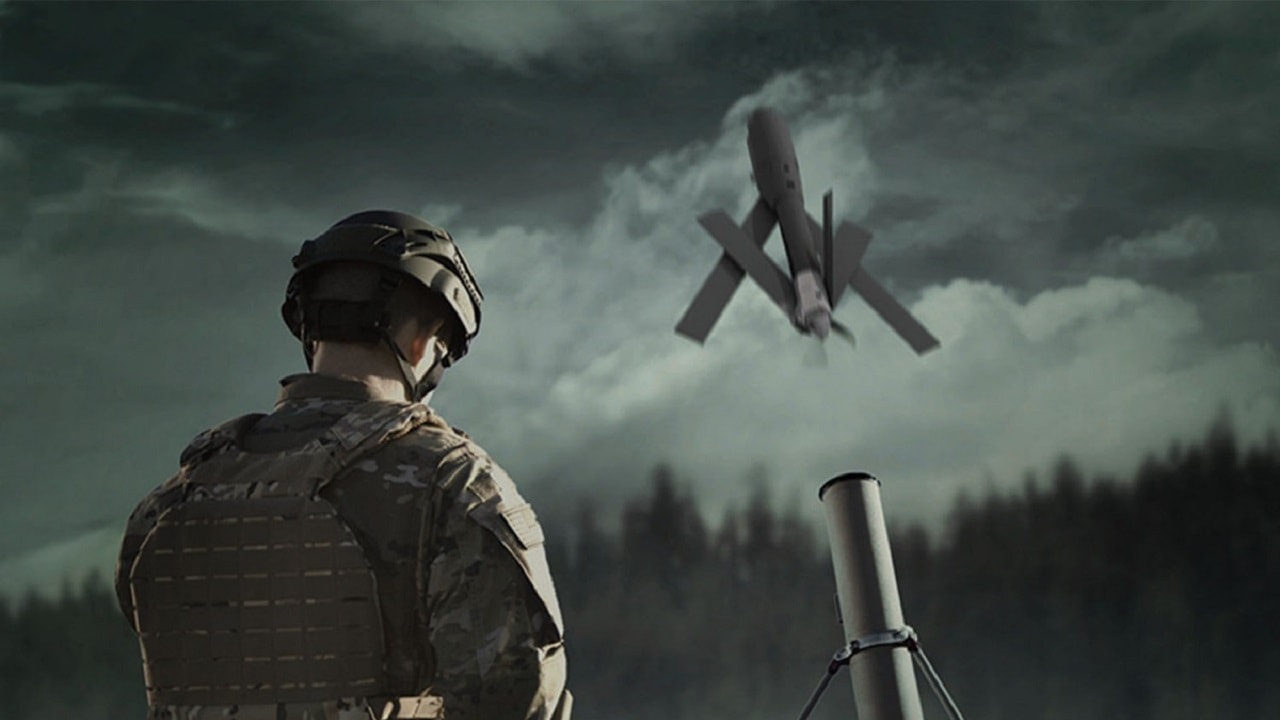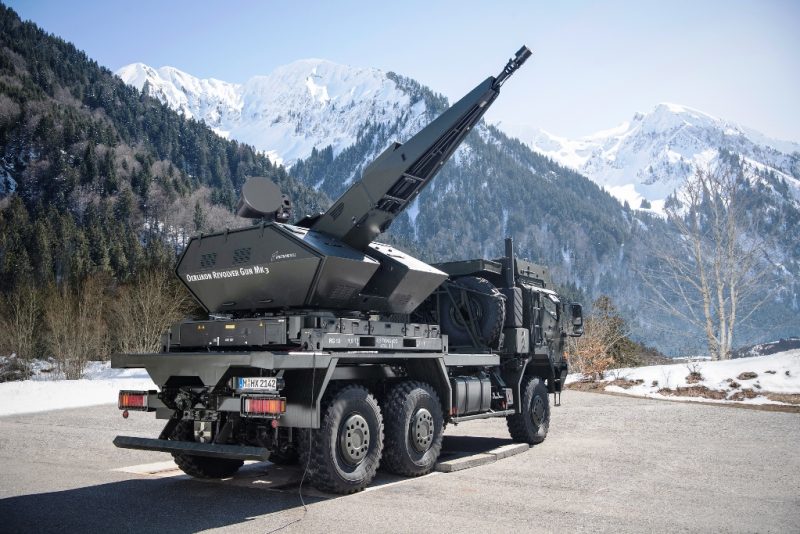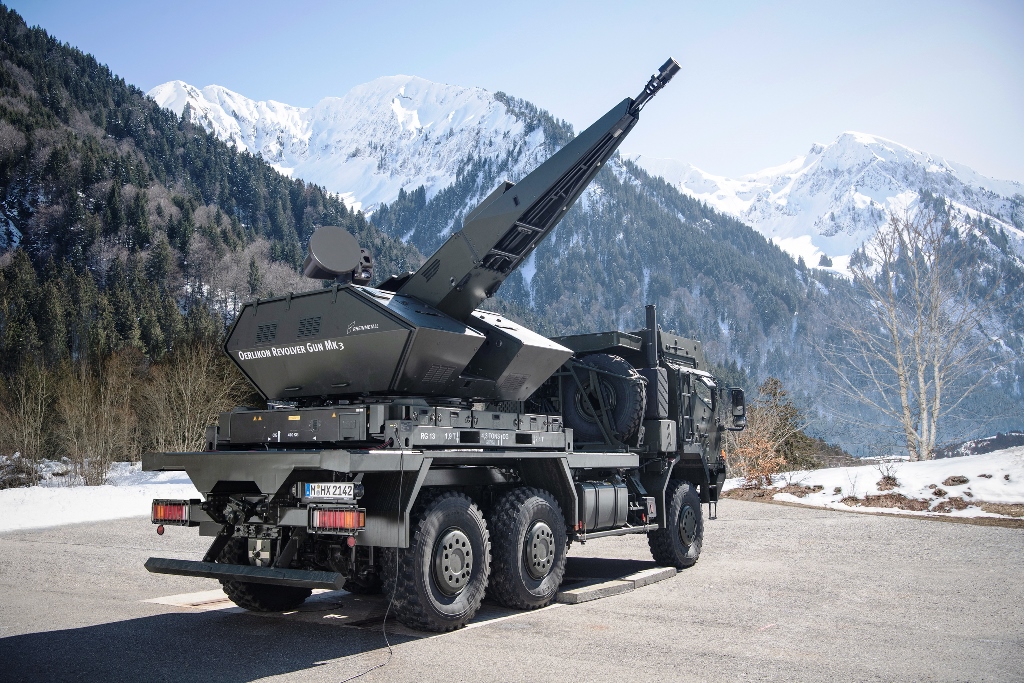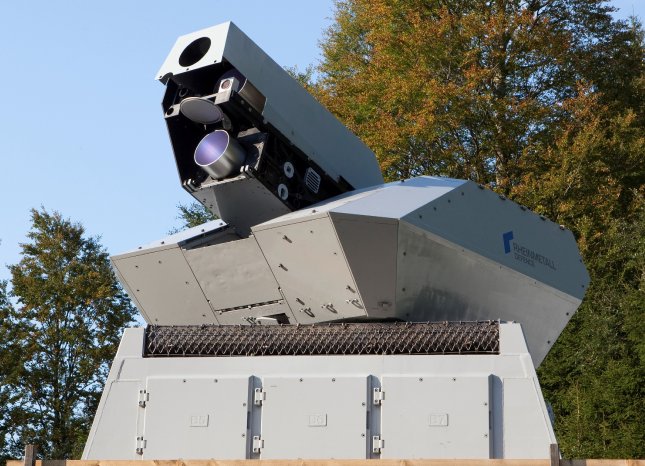TangoTwoBravo
Army.ca Veteran
- Reaction score
- 3,404
- Points
- 1,110
The Direct Fire Plan in the defence should focus first on anti-armour weapons. Battle Group COs have to use what they have available. Ideally, ATGMs are the framework of the anti-armour plan, with shorter-ranged hand-held weapons layered over that along with 25mm cannons etc. The Barrier Plan and Fire Support Plan are also integrated into this. So obstacles are used to shape the enemy armour into kill-zones, disrupt their cohesion and possibly block them to enable direct and indirect fires against enemy armour in an advantageous manner. Then there is the Counter-Moves plan which is used to either reinforce, block or counter-attack.Excalibur is expensive and can’t track something that moves. PGK is cheaper but still can’t track a moving target.
If they have Javelin probably there’s not much need for anything beyond that in the Bn, at least in the direct fire role. Javelin is out ranging TOW now so there’s not much value in having multiple systems. I don’t know that I’ve ever seen us employ tanks in a defensive AT roll but who knows, maybe that’s a fine thing somewhere else, I’m sure there’s a couple Maj’s here who can speak to that.
I’d prefer to see us maintain a Div level GS Regiment with HIMARS and Brimstone. They become the missile regiment and handle those depth strike tasks. I got back from Florida a month ago, the HIMARS we worked with were manned by the Florida NG, and the SSgt who was essentially their RSS said “honestly the hard part is getting the truck to the range, the system is really simple.” Ie perfect for reservists to man.
An infantry battalion that has Javelin in each Platoon and Coy HQ would likely base its anti-armour plan on those Javelin with the 25mm cannons and 84mm worked in to deal with lighter AFVs. If they also had a platoon of NLOS missiles those could be held centrally. I support they would be part of the Fire Support Plan since they rely on someone else to sense the target. Who crews them would be largely irrelevant.
Tanks can certainly be part of the Direct Fire Plan. Its not ideal to have them sited up front, though, since it forfeits their mobility somewhat and they have a higher signature that can reveal the defence. Ideally, tanks are kept in the counter-moves forces where the CO (and/or Bde Comd) can employ them in a concentrated manner at a decisive point. Still, sometimes the estimate of the situation will determine that you need some tanks worked into the defensive position where their rate of fire can be important. Let's say you have a Block position and based on the enemy assessment the CO determines that he needs a Troop of Leopards there in a Combat Team with an infantry company. When I was on the US Army course for tank company commanders circa 1998 they certainly dug tanks into fighting positions in addition to using them for counter-moves.
AHs and CAS can also be layered over the anti-armour plan, but those are controlled at higher levels and it is hard to base a plan on them.








